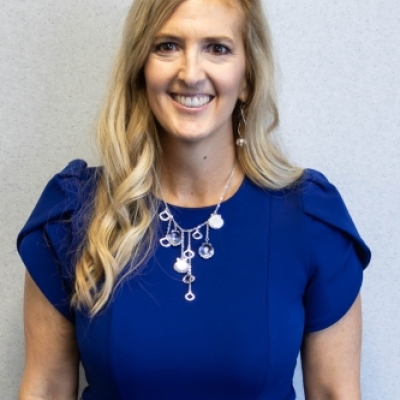Education savings accounts (ESAs) are taxpayer-funded spending accounts with differing eligibility requirements and usage guidelines depending on the state. Between the 2021–22 and 2022–23 school years, participation in them nearly tripled nationally, rising to roughly 489,000 total students.
In some states, ESAs can only be used for private school tuition—that’s why some confuse them with vouchers—but typically they can also be used for tutoring, online education programs, therapies for students with special needs, textbooks, and so on. Seventeen states now have ESA programs on the books after a flurry of legislative efforts in recent years.
Iowa’s Students First ESA program allows parents to receive the per-pupil state funding already set aside for their children’s education. However, those funds must first be used on tuition and fees at an accredited private school before any remaining dollars can be tapped for tutoring and other services. The idea is that users will be motivated to shop around for a lower-cost school to retain some of the ESA funds for other allowable supplements.
Iowa and neighboring Nebraska both passed universal ESA legislation in the same 2023 legislative session. Iowa passed its bill in January and implemented ESAs for the 2023–24 school year, while Nebraska passed its bill in May with the program originally scheduled to be implemented in 2024–25 (although that plan ultimately collapsed when the legislation was repealed). The time lag provides the basis for a natural experiment conducted by a pair of Princeton scholars, Jason Fontana and Jennifer L. Jennings. They use a difference-in-differences study design to determine impacts on private school tuition, where changes over time can be compared between a treated group exposed to the new ESA policy and a comparison group not (or not yet) exposed to it.
In general, no students were eligible for ESAs in pre-kindergarten, all kindergartners were universally eligible for the ESAs, and some students were eligible in grades 1–12 based on family income. Analysts are comparing how the changes in tuition prices varied between those three groups in the first year of implementation in Iowa as compared to Nebraska. They weight the data such that their results represent tuition changes for the average student in a given grade level.
Using private school websites, state department data, and direct contacts to schools, the researchers gathered school-level data (such as enrollment and grades served) and grade-level tuition amounts in both states during the summer of 2023 (utilizing the higher “non-parishioner rate” for religious schools). They similarly gathered historical tuition data from past versions of those same websites using the Wayback Machine digital archive. Their final sample includes 51 percent of Iowa private schools (educating 62 percent of the state’s private school students) and 44 percent of Nebraska private schools (educating 51 percent of that state’s private schoolers).
Fontana and Jennings find that ESA implementation has varying effects depending on whether a particular grade level was eligible for the subsidy. There was no effect on tuition for ineligible grades. But for grades with partial eligibility, tuition increases in Iowa ranged from 10–16 percent (10 percent equates to about $830), depending on whether the model controlled for school-level factors (such as school quality, resources, teaching staff, and so on). The largest effect was on the universally eligible grade of kindergarten, where analysts saw increases of 21 to 25 percent in tuition (21 percent amounted to about $1,300).
While the “pay tuition first” structure of Iowa’s program may limit the generalizability of these results, the bottom line is that implementation of its ESA did indeed contribute to a rise in private school tuition levels in the state, and thus to an increase in revenue for participating schools. Such findings parallel the well-known phenomenon observed at the college level where the widespread availability of student aid enabled/encouraged colleges to charge more. Fontana and Jennings do note, rightly, that this could be a net positive if the additional revenue allowed for increases in school quality—by, for example, hiring more high-quality teachers, purchasing better curricular materials, etc.
But if tuition costs or tuition increases continue beyond this one-year snapshot and ultimately outpace the ESA payment, it will ultimately defeat the stated purpose of using taxpayer-funded subsidies to open private school choice to a wider swath of needy families. According to Private School Review, the average cost of private school tuition in Iowa in 2025 is $7,140 per year, while the full value of a Students First ESA in 2025 is $7,635. That’s a fragile balance—in both senses of the word—that warrants monitoring.
SOURE: Jason Fontana and Jennifer L. Jennings, “The Effect of Taxpayer-Funded Education Savings Accounts on Private School Tuition: Evidence from Iowa,” Annenberg Institute at Brown University (April 2024).




